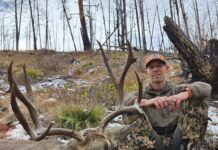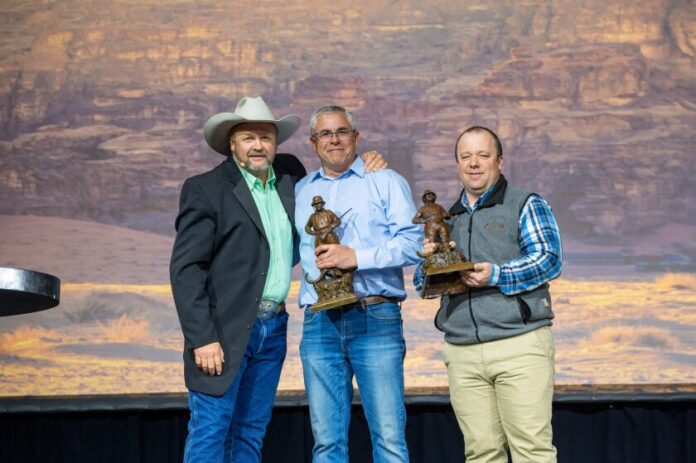Podcast: Play in new window | Download (Duration: 1:14:50 — 171.3MB) | Embed
Subscribe: TuneIn | RSS | More
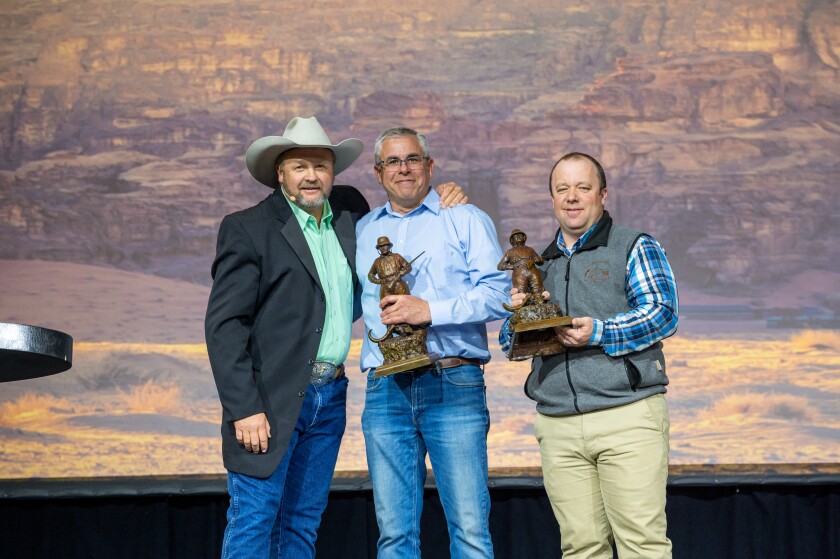
The last thing you are going to hear any “coffee shop biologist” say, is that fewer bucks on the landscape would make more fawns. In fact, every expert knows the only way we are ever going to “increase deer populations” is to cut tags and limit hunting bucks. I mean, look at all the units out west with extremely limited buck hunting, the mule deer populations are EXPLODING there! Right?! Well….. ok maybe not. Why? If reducing buck mule deer tags is beneficial, why aren’t those populations exploding?
The truth is, and yes, even in 2023 no matter how they identify, the doe deer or females in the population “grow the herd”.
Think of it like this, a rancher would never have a pasture full of bulls when he can have that same pasture full of mother cows. He is going to have enough bulls to breed his cows, that gives him maximum productivity.
There of course comes a social component to hunting, and YES, hunters want to see bucks, big bucks. Where is the best place to manage buck to doe ratios? That is the million dollar question that; spoiler alert, we don’t answer. However, Dr. Randy Larsen and Dr. Brock Mcmillan of the BYU Ecology lab jump on todays podcast to share some professional light on it, as well as talk about a variety of things involving mule deer biology and what they are learning. These guys are some of the best in their field and heavily involved with some of the foremost mule deer research there is.
As always, I think this podcast will help hunters get a deeper understanding of some of the biology and science that is Mule Deer Management.

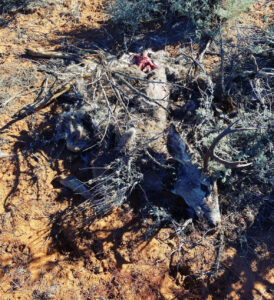
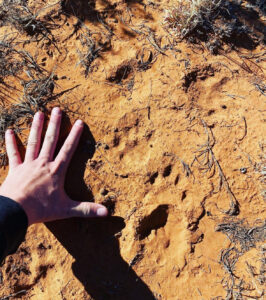
Dr. Brock Mcmillan on the Gohunt Podcast
Dr. Larsen on the Rokcast Podcast last year with Robby Denning




